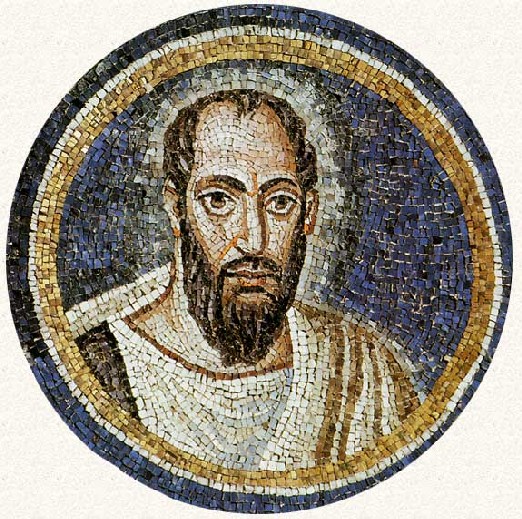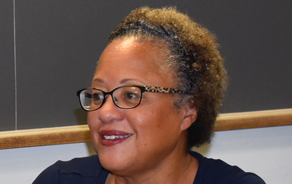Faculty Spotlight: Brigidda Bell

Brigidda Bell, ABD
Instructor of New Testament
Twenty-one works of the New Testament are letters—what does that mean for how we read them? In my teaching, I favor projects that allow students the freedom to explore fundamental questions of a course in ways that more fully express their own interests and strengths.
In the fall semester, students in my Paul & the Spread of the Gospels course thought about the question of the nature of letters by composing works of historical fiction: letters written from the perspective of a follower of Paul. Some of the letters were written to Paul, others between Christ-followers who had heard of Paul’s teachings, others with memories of a departed Paul. Each considered what Paul’s thinking provided to these people living in his time, with their own individual lives and problems.

Each letter project started with an issue that the letter sought to address in relation to Paul’s thinking. In one letter, natural disaster had struck a town and the fictional author requested help in trying to understand her role as a Christ-follower in helping her kinsfolk who sought to appease what they understood to be angry gods. Through their work students discovered what it meant that Paul’s letters are occasional: they are written in response to a particular situation, not as theological treatises.
Each letter also delved into issues of historical context necessary for creating a persuasive work of historical fiction and better understanding the world of Paul. While all students started by examining the structure of an ancient letter, each project diverged in the kind of research necessary for their creative work. One project examined ancient Greek perspectives on sexuality against which to read Paul’s ideas in Romans. Another collected ancient ethnographic perspectives on Northern peoples that the Greeks deemed “barbarians” to consider the extent of inclusivity of Christ-groups.
Through immersing students in the particularities of the ancient world, including the occasional nature of letters, this project allowed students to develop the ability to read the New Testament epistles in new ways, paying critical attention to those to whom they were addressed and how that shaped their writing.










